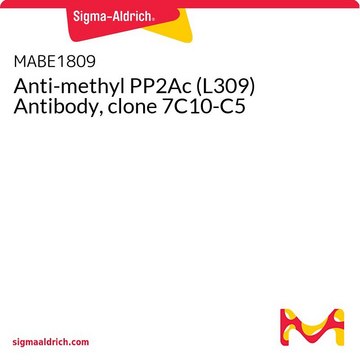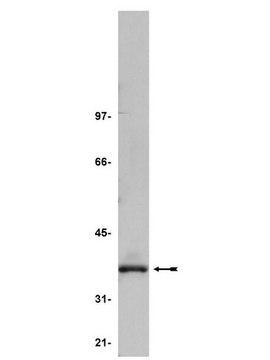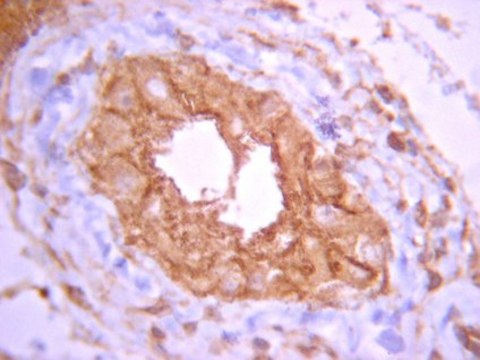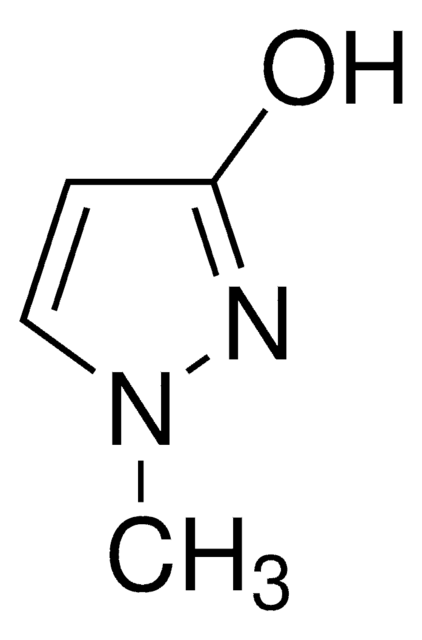13142
Magnesium sulfate heptahydrate
99.5-100.5% (calc. to the dried substance), meets analytical specification of Ph. Eur., BP,USP, FCC
Synonym(s):
Epsom salts
Select a Size
Select a Size
About This Item
Recommended Products
vapor density
<0.01 (vs air)
Quality Level
vapor pressure
<0.1 mmHg ( 20 °C)
Assay
99.5-100.5% (calc. to the dried substance)
form
powder or crystals
quality
meets analytical specification of Ph. Eur., BP,USP, FCC
impurities
acidity or alkalinity, in accordance
organic volatile impurities, complies (GC)
residual solvents, complies
≤0.001 ppm heavy metals (as Pb)
≤0.004% free alkali (as MgO)
≤0.01% free acid (as H2SO4)
loss
48.0-52.0% loss on drying, 450 °C
pH
5.0-9.2 (25 °C, 5%)
anion traces
chloride (Cl-): ≤150 mg/kg
Looking for similar products? Visit Product Comparison Guide
Related Categories
1 of 4
This Item | 230391 | 940518 | 63138 |
|---|---|---|---|
| form powder or crystals | form crystals | form powder or crystals | form - |
| assay 99.5-100.5% (calc. to the dried substance) | assay ≥98%, 98.0-102.0% (ACS specification) | assay ≥98% (EDTA titration), ≥99.9% trace metals basis | assay ≥99.5% (KT) |
| Quality Level 200 | Quality Level 200 | Quality Level 100 | Quality Level 200 |
| cation traces As: ≤2 ppm, Pb: ≤4 ppm, Se: ≤30 ppm, Fe: ≤20 ppm | cation traces Ca: ≤0.02%, Fe: ≤5 ppm, K: ≤0.005%, Mn: ≤5 ppm, NH4+: ≤0.002%, Na: ≤0.005%, Sr: ≤0.005%, heavy metals: ≤5 ppm (by ICP-OES) | cation traces Al: ≤10 ppm, Ca: ≤10 ppm, Cd: ≤10 ppm, Cr: ≤10 ppm, Fe: ≤10 ppm, K: ≤10 ppm, Na: ≤30 ppm, Ni: ≤10 ppm, Pb: ≤10 ppm, Si: ≤10 ppm, Zn: ≤10 ppm | cation traces Al: ≤5 mg/kg, As: ≤0.1 mg/kg, Ba: ≤5 mg/kg, Bi: ≤5 mg/kg, Ca: ≤10 mg/kg, Cd: ≤5 mg/kg, Co: ≤5 mg/kg, Cr: ≤5 mg/kg, Cu: ≤5 mg/kg, Fe: ≤1 mg/kg, K: ≤10 mg/kg, Li: ≤5 mg/kg, Mn: ≤5 mg/kg, Mo: ≤5 mg/kg, Na: ≤10 mg/kg, Ni: ≤5 mg/kg, Pb: ≤5 mg/kg, Sr: ≤5 mg/kg, Zn: ≤5 mg/kg |
| anion traces chloride (Cl-): ≤150 mg/kg | anion traces chloride (Cl-): ≤5 ppm, nitrate (NO3-): ≤0.002% | anion traces chloride (Cl-): ≤20 ppm, nitrate (NO3-): ≤50 ppm | anion traces chloride (Cl-): ≤5 mg/kg |
| pH 5.0-9.2 (25 °C, 5%) | pH 5.0-8.2 (25 °C, 5%) | pH - | pH 5.0-8.0 (25 °C, 1 M in H2O) |
General description
Application
- Optimization of the fermentation media and growth conditions of Bacillus velezensis BHZ-29: This research utilizes Magnesium sulfate heptahydrate as a crucial micronutrient in the optimized growth medium for Bacillus velezensis, enhancing its bioactivity and efficacy in agricultural biocontrol applications (Shi et al., 2024).
- Research on and Model Analysis of Flexural Mechanical Properties of Basic Magnesium Sulfate Cement Concrete Beams: The study focuses on the use of Magnesium sulfate heptahydrate in the production of magnesium sulfate cement, a material noted for its improved flexural strength and durability, which is critical for sustainable construction practices (Mei et al., 2024).
- Antimicrobial Activity of Bacillus amyloliquefaciens BS4 against Gram-Negative Pathogenic Bacteria: Magnesium sulfate heptahydrate is used here as a component of the growth medium to enhance the production of antimicrobial compounds, illustrating its role in supporting microbial activity with potential applications in biotechnology and pharmaceuticals (Palacios-Rodriguez et al., 2024).
Storage Class Code
13 - Non Combustible Solids
WGK
WGK 1
Flash Point(F)
Not applicable
Flash Point(C)
Not applicable
Choose from one of the most recent versions:
Already Own This Product?
Find documentation for the products that you have recently purchased in the Document Library.
Our team of scientists has experience in all areas of research including Life Science, Material Science, Chemical Synthesis, Chromatography, Analytical and many others.
Contact Technical Service









